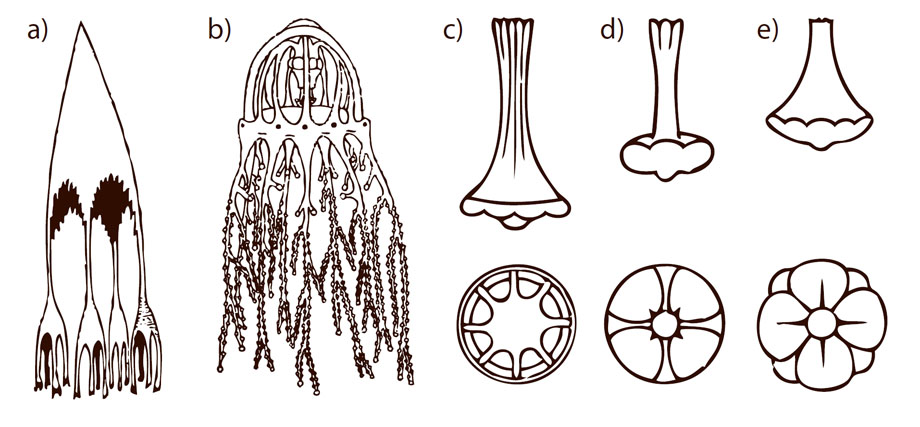Cellular Patterns (7th of February 2018)
The mechanics underlying the form and structure of biological tissues is being increasingly investigated and appreciated, with new results appearing at a fast pace.
Cellular Patterns, by A. Šiber and P. Ziherl, published by CRC Press, Taylor & Francis, covers the salient elements of this thriving field of research in a
textbook style, including both historic landmark results and recent achievements. By building on concepts such as packing, confinement, surface tension, and elastic
instabilities, the book explains the structure and the shape of sheet-like and bulk tissues by adapting the mechanics of continuous media to living matter. It reviews
experimental results and empirical laws, and wherever possible, it discusses more than a single theoretical interpretation of a given phenomenon. The in-depth treatment
of technical details, the many boxes summarizing essential physical and biological ideas, and an extensive set of problems make this book suitable as a complementary
textbook for a graduate course in biophysics and as a standalone reference for students and researchers in biophysics, bioengineering, and mathematical biology interested
in the mechanics of tissue.
To inspect the content and the organization of the book, click on the video above showing the turning of the pages of the book.
Some of the book's features are:
- Overview of patterns and shapes seen in animal tissues
- Interpretation of these structures in terms of physical forces and processes
- Detailed analysis and a critical comparison of mechanical models of cells, tissues, and morphogenetic movements
- Visually rich style accessible to physicists and biologists alike
The book is divided in seven chapters, and each chapter in sections and subsections. The chapters and sections are listed below:
- Introduction
Emergence of patterns
Growing a form
Why models?
The microscope
- Cells as physical objects
Cytoskeleton and membrane
Liquid-drop-like behavior
Cells in contact
Differential adhesion hypothesis
- In-plane structure of single-layer tissues
Geometry of tilings
Random tilings
Physical models
- Shape of epithelia
Tissue as supported layer
Agent-based models
- Morphogenesis
Invagination
Convergent extension
Intercalation
Ingression
Mesenchymal strucures
Epiboly
Involution
- Bulk tissues
Space-filling patterns
Tissue elasticity
- Afterthoughts
To facilitate its use as a textbook, Cellular Patterns contains 28 boxes with essential theoretical methods and concepts required to follow the exposition, designed to enable a quick introduction of the novice (student and/or researcher) to the subject - see the example below.
Additionally, the book contains 64 original problems organized so to fortify the subject matter of the chapters but also to inspire the reader to widen the focus of the chapters and hopefully embark on hers / his independent scientific enquiry - see the example below.
The book is carefully typeset and richly illustrated with many schemes, experimental micrographs, 3D models, diagrams of all sorts designed to best show the data discussed - there are 172 figures in the book. The index is very detailed, facilitating the usage of the book as a reference.
The book can be ordered directly from the publisher (CRC Press, Taylor & Francis) or from Amazon. The authors (A. Šiber and P. Ziherl) will be grateful for any comments you may have, so please do not hesitate to contact us.A beautifully illustrated, wide-ranging survey of the theoretical and experimental foundations of this rapidly growing field.Phillip Nelson, University of Pennsylvania
Last updated on 7th of February 2018.
- Introduction


